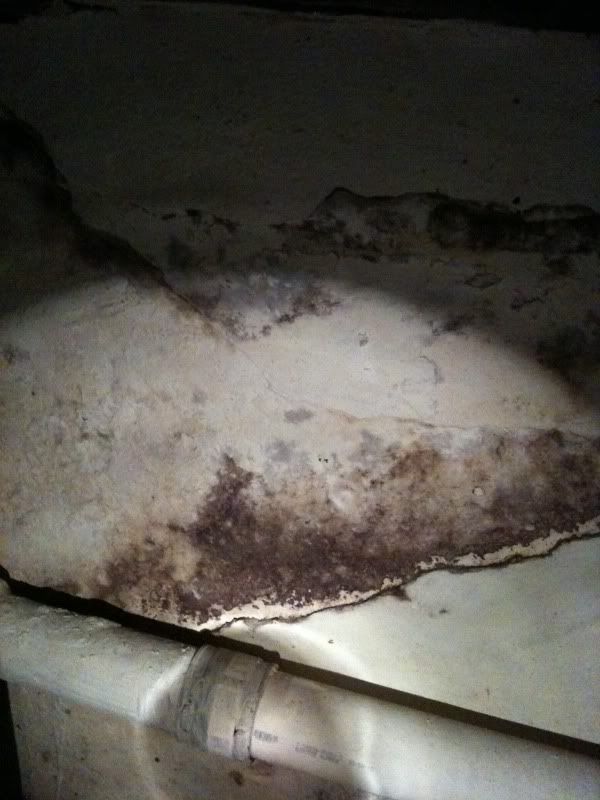JHZR2
Staff member
Hi,
The unknown age parging (finish concrete over a steel mesh) is coming off all over my basement and allowing water leaks/mold in some spots. I wouldn't mind doing it myself, doesn't have to be pretty, just correct... Anyone do this DIY? Please do tell.
The unknown age parging (finish concrete over a steel mesh) is coming off all over my basement and allowing water leaks/mold in some spots. I wouldn't mind doing it myself, doesn't have to be pretty, just correct... Anyone do this DIY? Please do tell.


